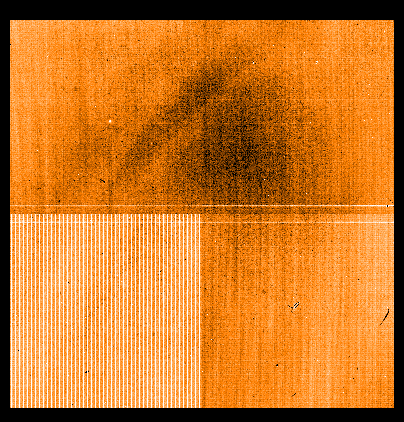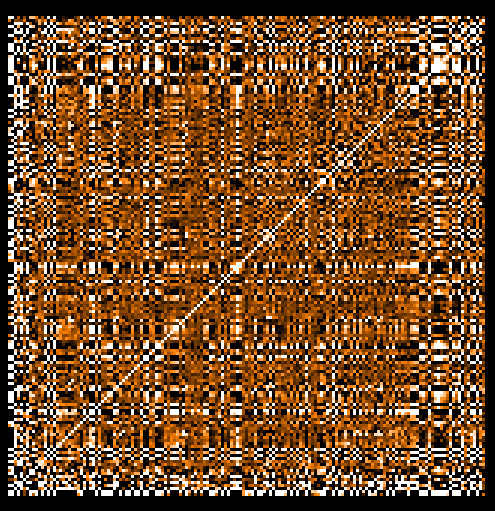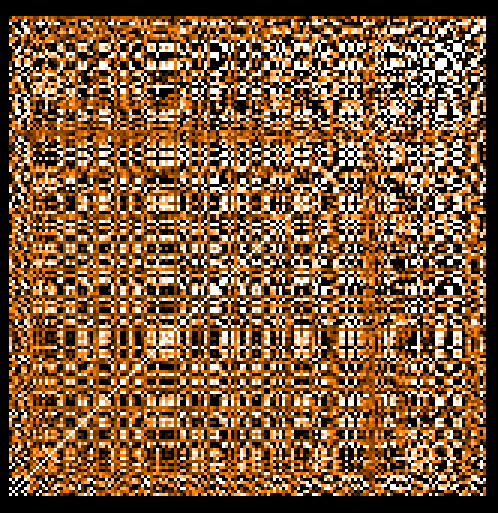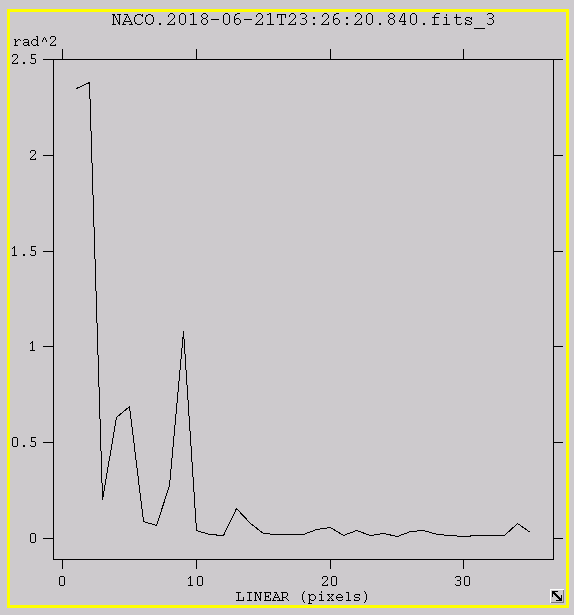 mirror sites:
PL (internal link)
HQ
[?]
mirror sites:
PL (internal link)
HQ
[?]
Quality Control and
Data Processing
|
Pipeline
Pipelines are used at ESO to process both calibration data and science data and to retrieve quality information. There is a dedicated pipeline for each VLT and VLTI instrument. Find general information about ESO reduction pipelines here. The main functionalities of the pipelines are:
For selected instrument modes, we offer science-grade data products processed with the pipelines.
There are two instances of the data reduction pipelines:
The optimized mode is the mode, which uses all data of a night, including the daytime calibrations. The calibration data are sorted and grouped according to their dependencies. Master calibration data are created. Their quality is checked.
The NACO pipeline is publicly available here. Under this link you also find the pipeline Users Manual. The NACO pipeline is based on the ESO Common Pipeline Library (CPL). It has been used since January 01, 2006. Before that date older version of NACO pipeline, using Data Reduction Software (DRS) was active. It was written in C, based on the (stand-alone) eclipse library. The NACO pipeline supports imaging mode in non-cube read-out mode. Find the description of NACO data processing and pipeline recipes for calibrations here and for science data here.
 Data format
Data format
NACO is equipped with a single 1kx1k NIR detector. The current detector was installed in 2014. Raw data come as FITS files with one header unit and one pixel unit. Science raw data contain in addition two 159x160 pixel image extensions and one 1x35 image extension with AO-related information. Since the introduction of the cube mode NACO has two different types of data formats, single frames and data cubes. Single frames are 2D FITS files (i.e. NAXIS=2) comprised of 1 image and 3 FITS extensions, namely
The extensions store data produced by the NAOS RTC that can in principle be used for PSF reconstruction. The typical image will be a 1024 square array (i.e. NAXIS1 and NAXIS2=1024), when the array is not windowed. The two covariance matrices have dimensions 159x160 or 42x43, depending whether the WFS used the 14x14 or the 7x7 subapertures. The variance vector has dimension 35. Datacubes are 3D FITS files (i.e. NAXIS=3), a cube plus the same 3 FITS extensions. The size of the third axis (NAXIS3) is equal to NDIT+1: NDIT is the number of saved DIT frames, and the additional frame at the end of the cube is the combined image, i.e. the frame obtained as a sum of all DIT planes divided by NDIT. This last plane in the cube is the equivalent 2D image one would obtain in "single frame" mode. The combined image is used for sanity check and quality control at the observatory. Users are cautioned to use only the first NDIT frames of each cube for their data reduction. Note also that the first frame in the cube may suffer from some reset anomaly and should probably be discarded. Cubes have NAXIS2=NAXIS1+2 as a rule. For example, if one windows the array to half its size and takes NDIT=200, the size of the cube will be (NAXIS1 ,NAXIS2,NAXIS3)=(512,514,201). The FITS extensions remain unchanged. Calibration pipeline products have the same 1kx1k pixel format as the corresponding raw frames. Science products have the same 1kx1k pixel format or a larger size, dependent on the configuration of the science jitter recipe. |
|||||||||||||||||||||||||||||||||||||||||||||||||||||||||||||||||||||||||||||||||||||||||||||||||||||||||||||||||||||||||||||||||||||||||||||||||||||||||||||||||||||
| |
||||||||||||||||||||||||||||||||||||||||||||||||||||||||||||||||||||||||||||||||||||||||||||||||||||||||||||||||||||||||||||||||||||||||||||||||||||||||||||||||||||||
 |
|
|||||||||||||||||||||||||||||||||||||||||||||||||||||||||||||||||||||||||||||||||||||||||||||||||||||||||||||||||||||||||||||||||||||||||||||||||||||||||||||||||||||



